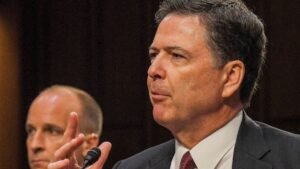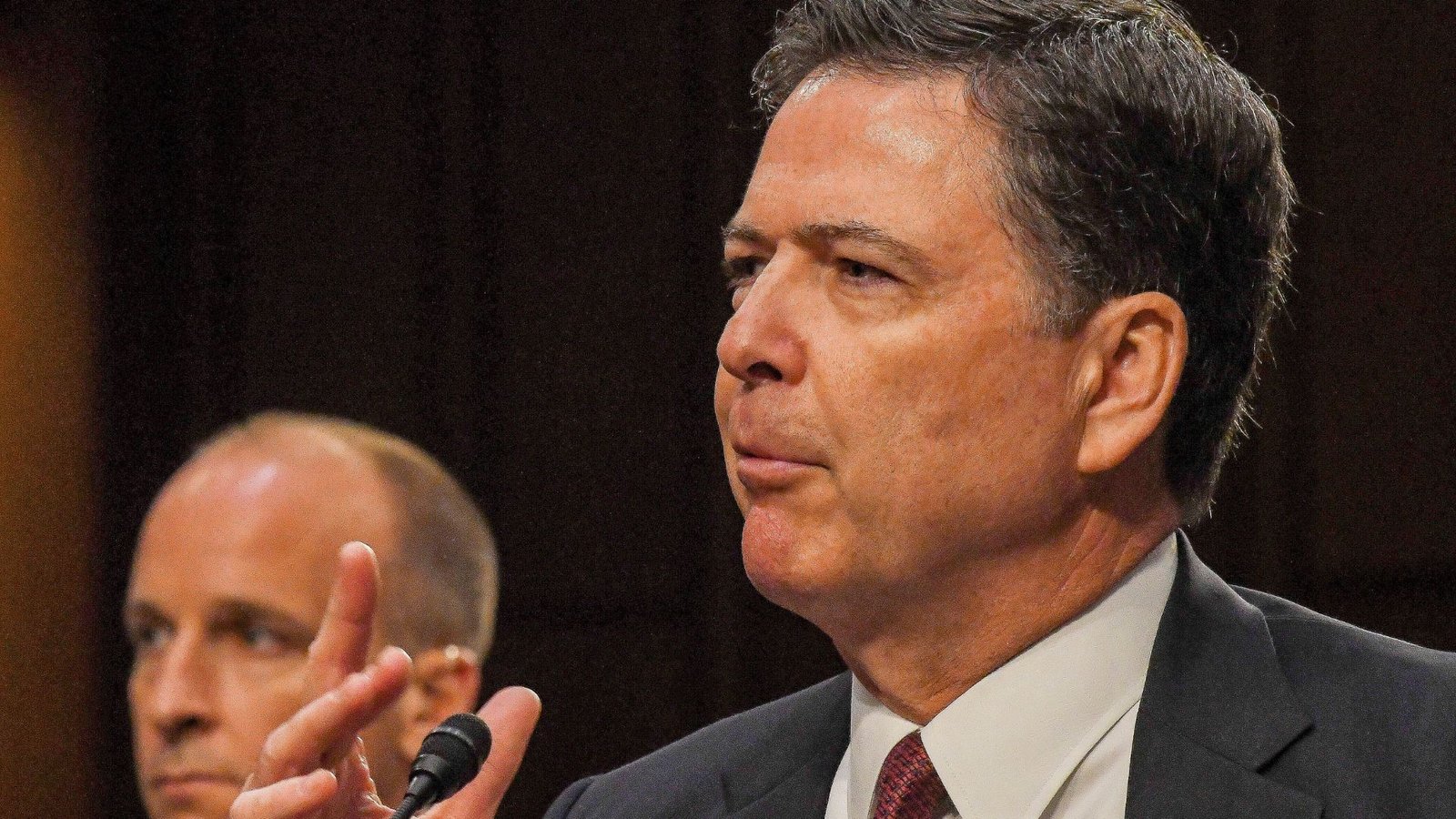
Trump’s First 100 Days: Bold Promises Amid Uncertain Realities
Donald Trump’s interview with NBC outlined an ambitious first 100 days if he returns to the presidency, reviving themes from his earlier administration. His plans span immigration, economic reform, and public safety; while his supporters see these proposals as decisive, they also raise questions about their feasibility, legal implications, and potential resistance from Congress and state leaders.
Immigration: A Toughened Approach
Immigration reforms stand at the forefront of Trump’s agenda, with border security as a top priority. His plan includes stronger physical barriers and policy changes aimed at curbing illegal crossings. Trump argues these steps are necessary to combat drug trafficking and violent crime, but logistical challenges like allocating funding and managing resources remain significant obstacles.
Deportation also figures prominently, starting with individuals who have criminal records. Trump has expressed a phased approach that could eventually target a broader pool of undocumented immigrants. Interestingly, his tone softens slightly when discussing Dreamers—those brought to the U.S. as children—suggesting he may be open to compromise. However, his proposal to eliminate birthright citizenship stokes constitutional controversy. This change would likely require either a constitutional amendment or prolonged legal battles, neither of which would be resolved within 100 days.
The practicality of these immigration goals depends on substantial coordination among federal agencies. Questions about funding, staffing, and operational readiness remain unanswered adding complexity to what Trump frames as straightforward solutions.
Economic Policy: Familiar Yet Contentious
Trump’s economic plans center on extending the tax cuts enacted during his first term, which he argues are vital for middle-class families and business growth. He promises these policies will restore what he often calls “the greatest economy ever.” While supporters applaud this strategy, critics question whether these measures are enough to address economic challenges in a post-pandemic landscape.
Tariffs are another cornerstone of Trump’s economic vision. He views them as a means to protect American industries and reduce reliance on imports, especially from adversarial nations like China. While tariffs resonate with his base they come with risks, such as increased consumer prices and retaliatory trade measures from other countries. Trump claims tariffs will combat inflation, but the mechanism for achieving this outcome remains unclear and unproven.
Balancing these economic tools will require careful execution to avoid unintended consequences. Critics argue that Trump’s plans lack nuance, especially given the global interconnectedness of supply chains.
Crime and Public Safety: A Federal Focus
Urban crime reduction is another key pillar of Trump’s first 100 days. He has singled out Democrat-led cities as examples of rising lawlessness vowing to address what he sees as a failure in local governance. His strategy involves federal-state collaboration, though details on how this will be achieved are vague.
Gang violence and organized crime also feature prominently in Trump’s public safety agenda. He plans to prioritize the deportation of gang members and dismantle criminal networks. These measures could resonate with voters concerned about safety. His critics, however, have warned that federal involvement in local policing could lead to jurisdictional conflicts.
Trump’s success in this area will likely depend on his ability to forge partnerships with state and local officials. Without their cooperation implementing these measures may prove difficult.
Healthcare: Old Battles, New Ideas
Trump remains critical of Obamacare. He has described it as a failed system in need of replacement. He has yet to share the specifics of his plan but his vision for healthcare reform includes ensuring coverage for pre-existing conditions while lowering costs.
One surprising addition to his healthcare agenda is his support for free in-vitro fertilization (IVF) coverage. Either through government funding or insurance mandates. This progressive stance has sparked debate even within his own party, where some view it as misaligned with conservative principles.
On abortion, Trump’s position aligns more closely with the GOP. He supports leaving decisions to the states following the overturning of Roe v. Wade, but has yet to commit to saying whether he would back federal restrictions on abortion pills or not. This ambiguity reflects the delicate balancing act he faces. He is, after all, taking on the task of attempting to appease both moderates and hardline conservatives.
Appointments and Governance
Trump’s emphasis on loyalty is evident in his approach to appointments. He has praised figures like Kash Patel framing them as essential allies in his effort to combat what he calls the “deep state.” Trump’s focus on loyalty however, raises concerns about whether his administration would prioritize competence over ideological alignment.
On defense, Trump has promised to prioritize the interests of U.S. soldiers and national security and his appointments to key positions will play a crucial role in determining the effectiveness of these efforts.
Challenges and Uncertainties
Trump’s first 100 days outline reflects his bold leadership style. The hurdles to achieving his goals are substantial. From constitutional challenges to logistical obstacles. Many of his proposals face significant opposition. Congress, if divided, could act as a major roadblock to his immigration and economic plans.
Bipartisan support will also be critical in areas like healthcare and crime where cooperation with state and local governments is essential. Without it, Trump’s vision for swift decisive action may falter.
Conclusion
Trump’s first 100 days represent a mix of ambitious proposals and contentious policies. While his plans appeal to his base, they also highlight the challenges of governing in a polarized political landscape. Can Trump truly navigate these complexities and deliver on his promises? That remains to be seen. What is clear is that his agenda will test the limits of his leadership and the resilience of the systems he seeks to transform.
Disclaimer:
This article is for informational purposes only and does not constitute financial, legal, or professional advice. The information provided is based on current knowledge and understanding, and while we strive for accuracy, we make no guarantees regarding its completeness or applicability. Parler assumes no responsibility for any actions taken based on this information. For specific advice, please consult a qualified professional.
Sources:















